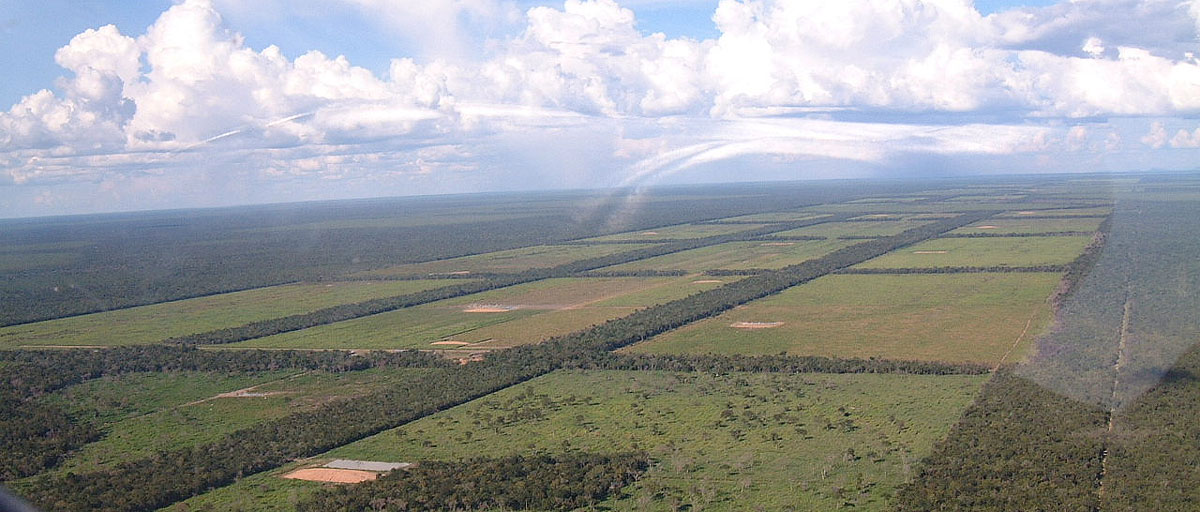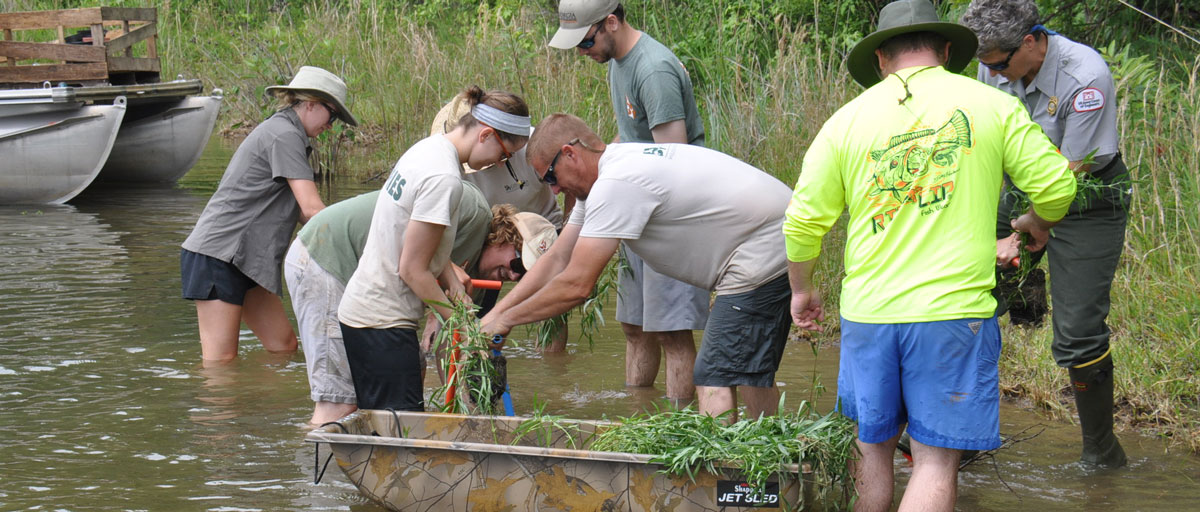Bildtext får vara max två rader text. Hela texten ska högerjusteras om den bara ska innehålla fotobyline! Photo: B. Christensen/Azote
REGIME SHIFTS
The bigger picture of deforestation in Latin America
Expansion of agriculture in Latin America has come at the cost of losing vast areas of forest. A new study brings together and compares case studies of land use change from the region
- Focusing on land use and livelihood change in Latin America, the study finds common features of case studies to facilitate upscaling of the resilience approach to understand this phenomenon.
- Causal loop diagrams were co-produced with experts for each study, and it was found that there are many overlapping social processes despite different geographies and political systems.
- The research brings an increased focus to the importance of social drivers such as policy interventions, global trade and technification of agriculture.
Over the past two decades, no other region has experienced a faster agricultural expansion than that of Latin America. But the change is rarely a linear process. Cattle ranching, soy production, migration to cities and several other variables interact in different ways.
In a new paper published in Ecology and Society, centre researchers demonstrate how a database framework has allowed for cross comparisons of different case studies.
Regime shift database allows for cross comparison
Over several years, centre researchers have developed a database called the Regime Shift database consisting of cases describing the sudden shift of a system from one state to another, often in circumstances where it is difficult to return to the former state.
This paper is the result of work to establish a database with examples specific to Latin America. In these examples it is undoubtably difficult to separate the tightly intertwined social phenomena from natural phenomena, hence they are described as socio-ecological systems.
Nonetheless, there has not been as much focus on aspects such as trade or the role of public policies in causing stability – or instability – in a system. The study addresses this shortcoming.
Says co-author Lisa Deutsch: "The regime shifts database has allowed the creation of a consistent framework to systematically analyze impacts, key drivers, underlying feedbacks, and management options."
Even though every story is unique, by comparing the characteristics and drivers in the different instances, the authors start to find patterns and common features that would enable or hinder such drastic change.
Insights from these cases can then help motivate policy change to favour a more desirable system – where human activity can work in sync with natural processes.
Attempts to operationalize and upscale resilience analysis have so far been limited or imposed high data demands. We explored a new methodology to fill this gap.
Juan Rocha, lead author
International commodity prices crucial
Soybean price is key for the cases in Uruguay, Argentina, and Paraguay; gold for the case in Brazil; and coffee in Colombia.
One example is how the soy farming expansion in Brazil, Uraguay and Argentina and has pushed cattle ranchers into El Chaco, of neighbouring Paraguay. The land there is not so suitable for soy, but it is cheaper and therefore appealing for the conversion to pasture land. This trend is also driven by the growing market for beef. Similarly, the Uruguay expansion of soy is attributed to technological advancements and to increased demand from China, for use as animal feed.
Rocha explains: “This initial test of the method shows that deforestation, international trade, technological improvements, and conservation initiatives are key drivers of land-use change, and that rural migration, leasing and land pricing, conflicts in property rights, and international spillovers are common causal pathways that underlie land-use transitions.”

Case studies and causal-loop diagram (CLD example). Left: causal-loop diagram for the eco-certified coffee case study. Blue arrows denote positive relationships, orange arrows negative relationships. Variables in yellow belong to feedbacks whereas variables in gray are outside feedbacks; hence by definition they are external drivers: their dynamic behavior does not depend on the state variables of the system. Right: map with case studies. Circle size is proportional (in log-scale) to the area that the case study describes. The inset shows the temporal horizon at which each case study is described. For details on summary categorical variables from the template see Table 1, and a summarizing description of each case study see Table 2. Geographic information was obtained from Google Maps API. Click on illustration to access scientific study
Policy change as a leverage point
In Pará state, Brazil, after gold mining wound down due to price drops, there was a doubling of the rural population in the 1990s. Government subsidies assisted this, in the form of agrarian credit programs and transportation infrastructure that allowed farmers to access regional markets.
But there were some negative consequences on landscapes and livelihoods. People eventually shifted from small scale subsistence farming to cash crops and ranching, resulting in increased deforestation.
Sometimes a certain variable in one context can have a different impact in another, and this is really the nature of the challenge when it comes to trying to draw generalisations from case studies. Migration from rural and urban areas in the Argentinian Pampas region played out a little differently compared to Pará state. In this instance the rural population shrank drastically. It caused land ownership to be consolidated into fewer individuals, favouring expansion of soy agriculture.
In Latin America, the context of these case studies is characterized by challenges of weak land rights institutions, leading to conflict.
The authors conclude that “although more cases are needed, our preliminary results show that policy outcomes are often nonlinear with unforeseen consequences, including leakage effects between cases.”
Methodology
This paper arose from the workshop “Seeking sustainable pathways for land use change” organized by the South American Institute of Resilience and Sustainability Studies (http://sarasinstitute.org) in Uruguay, March 2016, during which a regionally, and topically, diverse group of scholars came together with practitioners and regional government representatives to conceptualize recent land-use change in Latin America.
The data template is inspired by the regime shifts database focusing on slow variables, feedback processes, and drivers of change. It was completed for each of the seven case studies and then experts evaluate the causal structure of the system. They produced causal loop diagrams which allow for comparison between case studies to identify common features that affect resilience.
The analysis looks for the structural equivalence, the most central variables and the most common variables.
Rocha, J. C., M. Baraibar, L. Deutsch, A. de Bremond, J. Oestreicher, F. Rositano, and C. Gelabert. 2019. Toward understanding the dynamics of land change in Latin America: potential utility of a resilience approach for building archetypes of land-systems change. Ecology and Society 24(1):17.
https://doi.org/10.5751/ES-10349-240117












